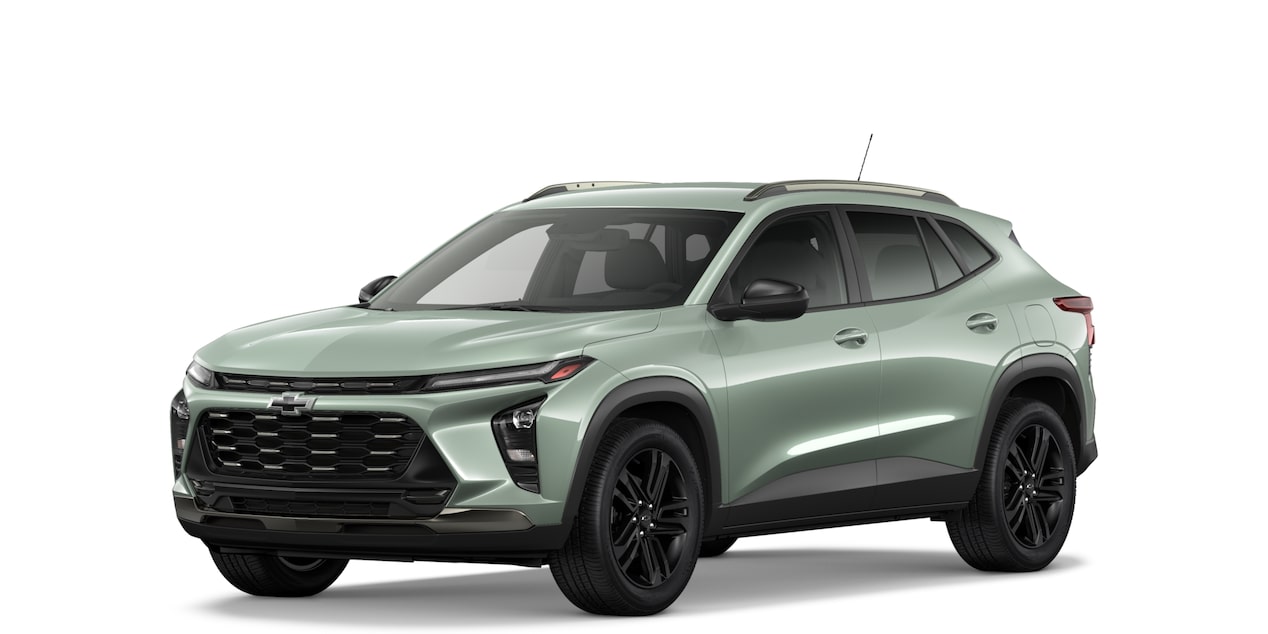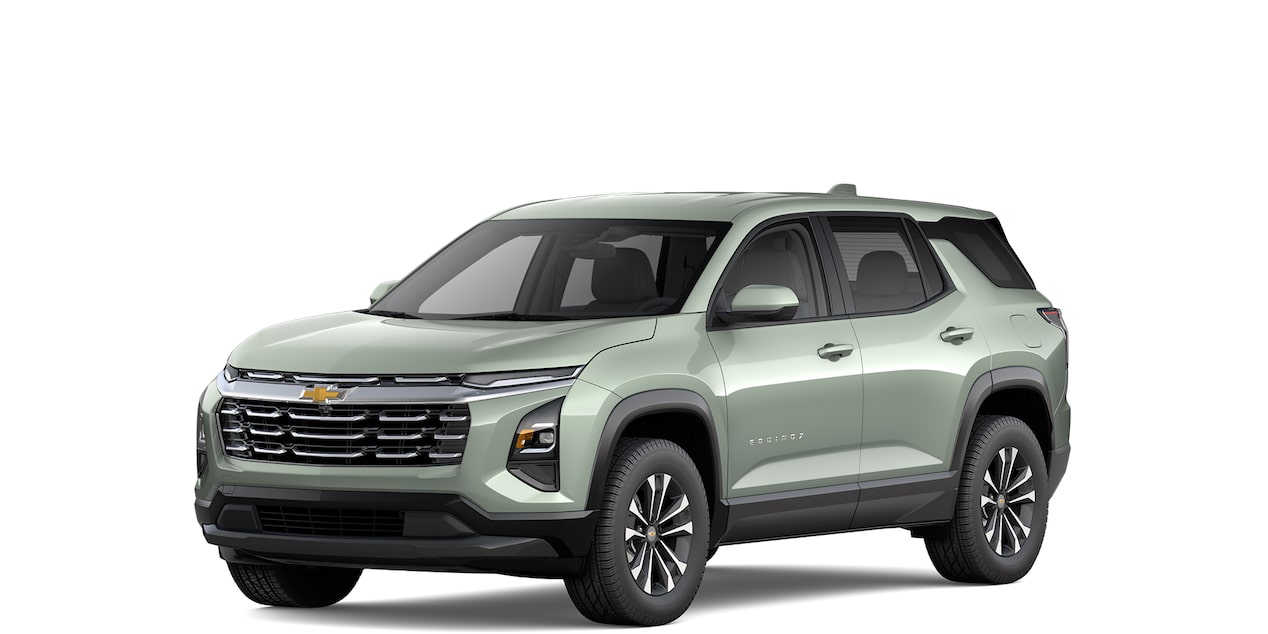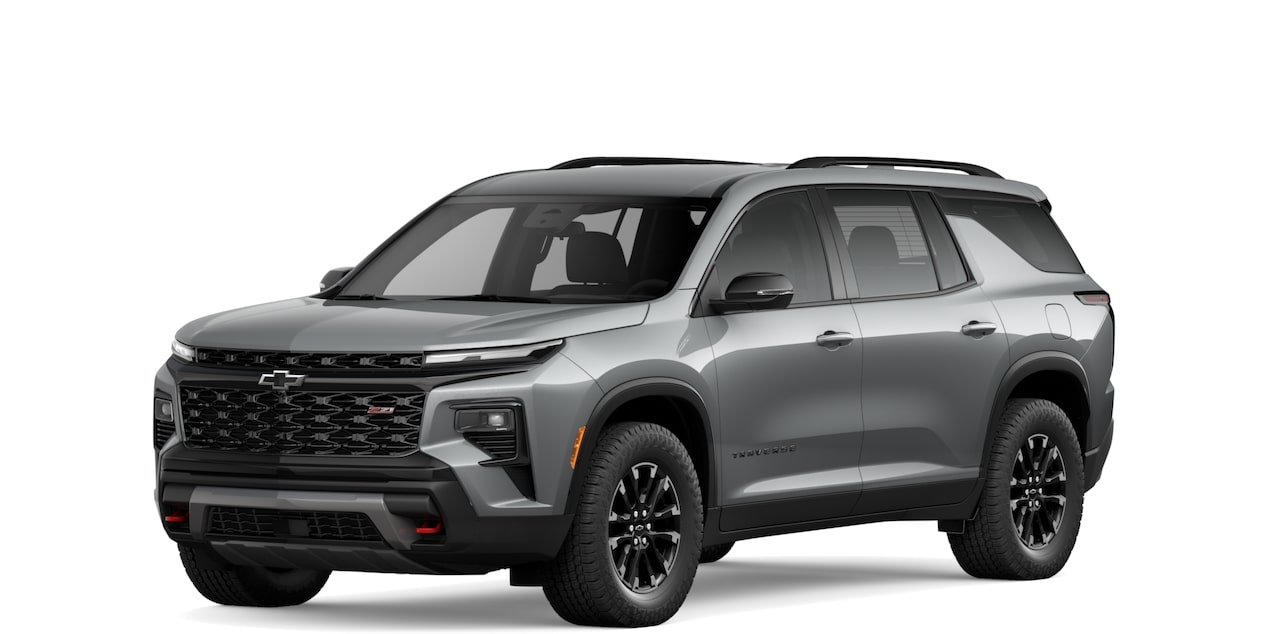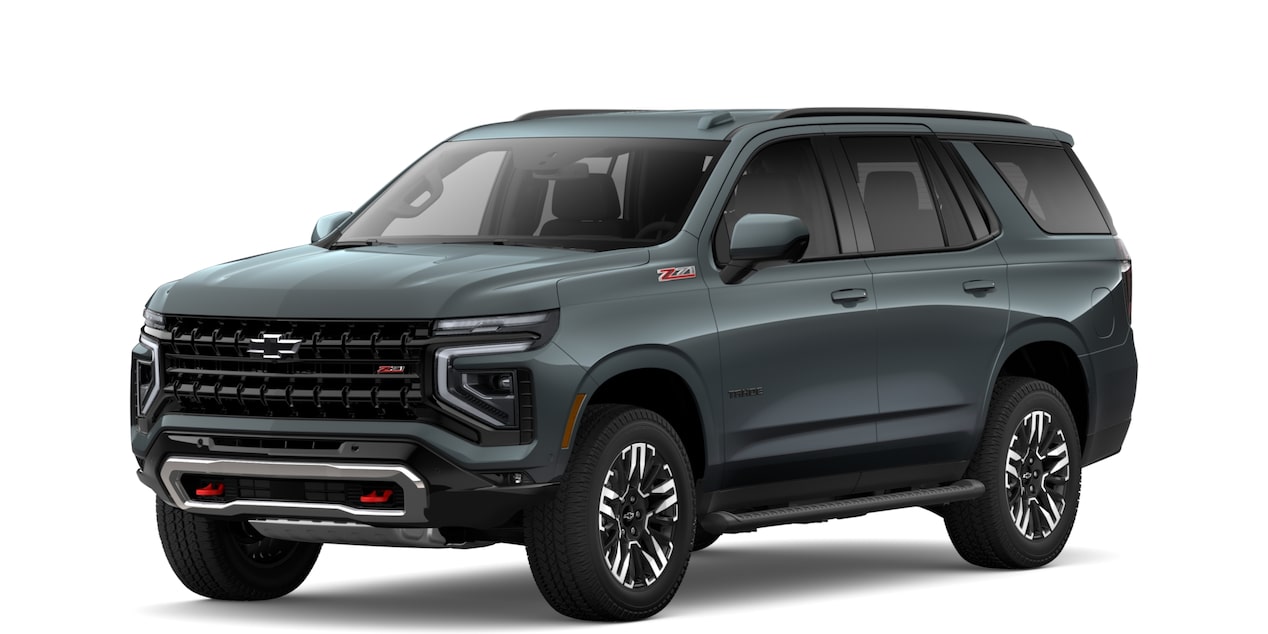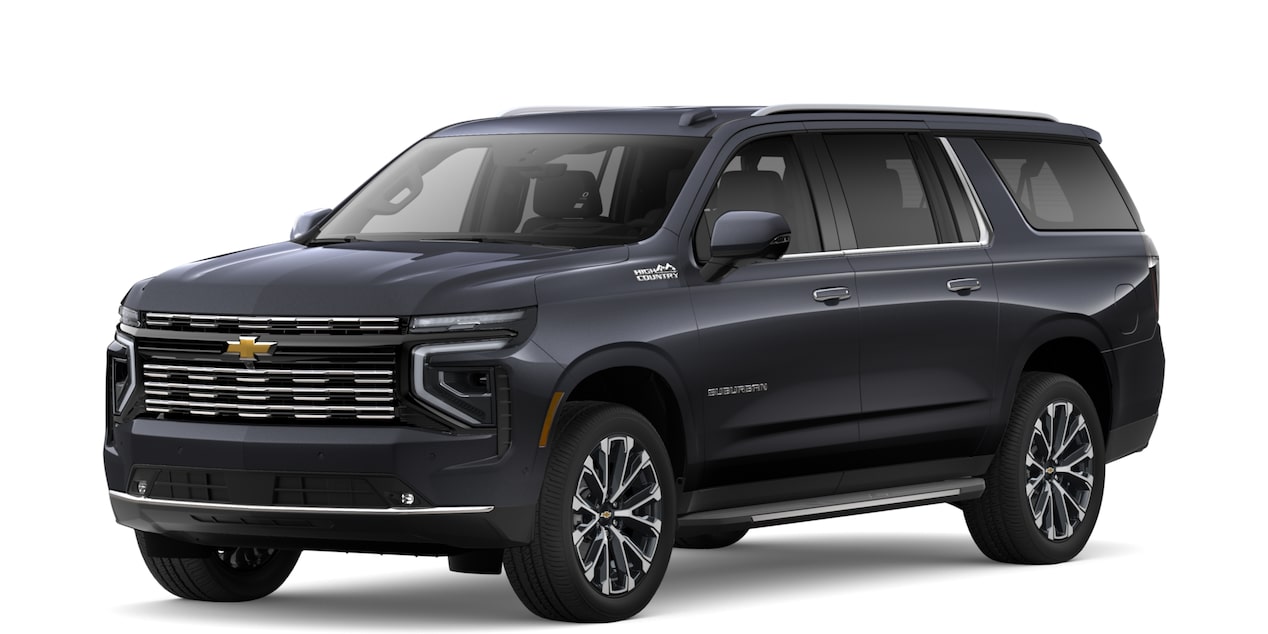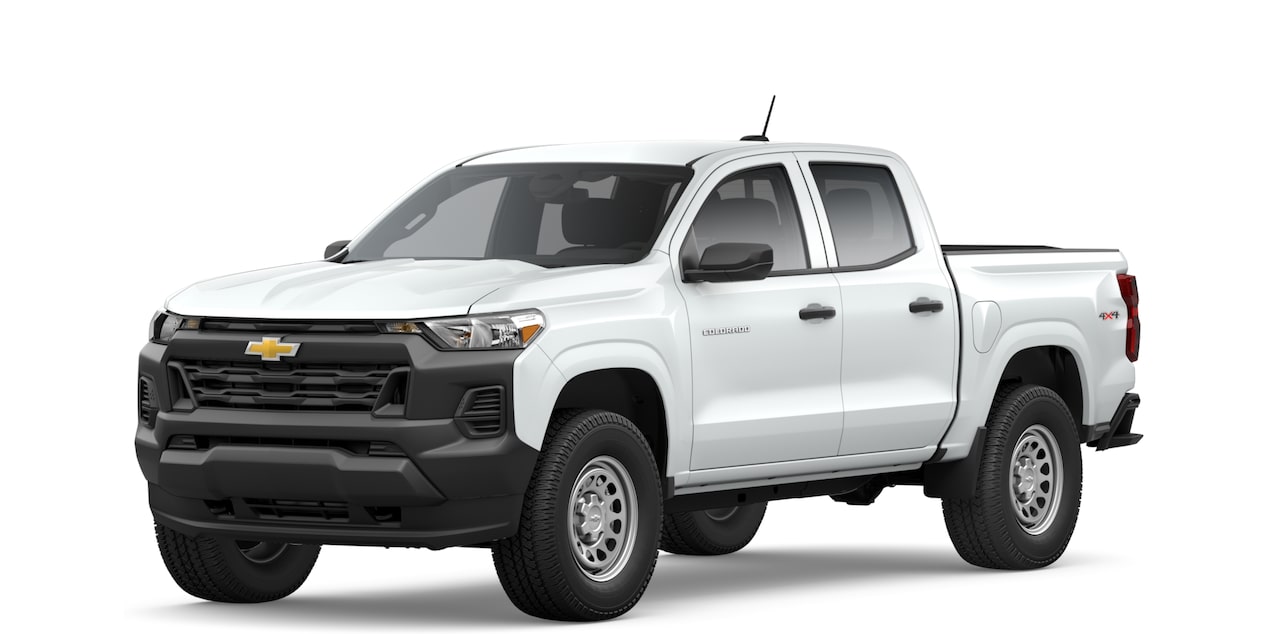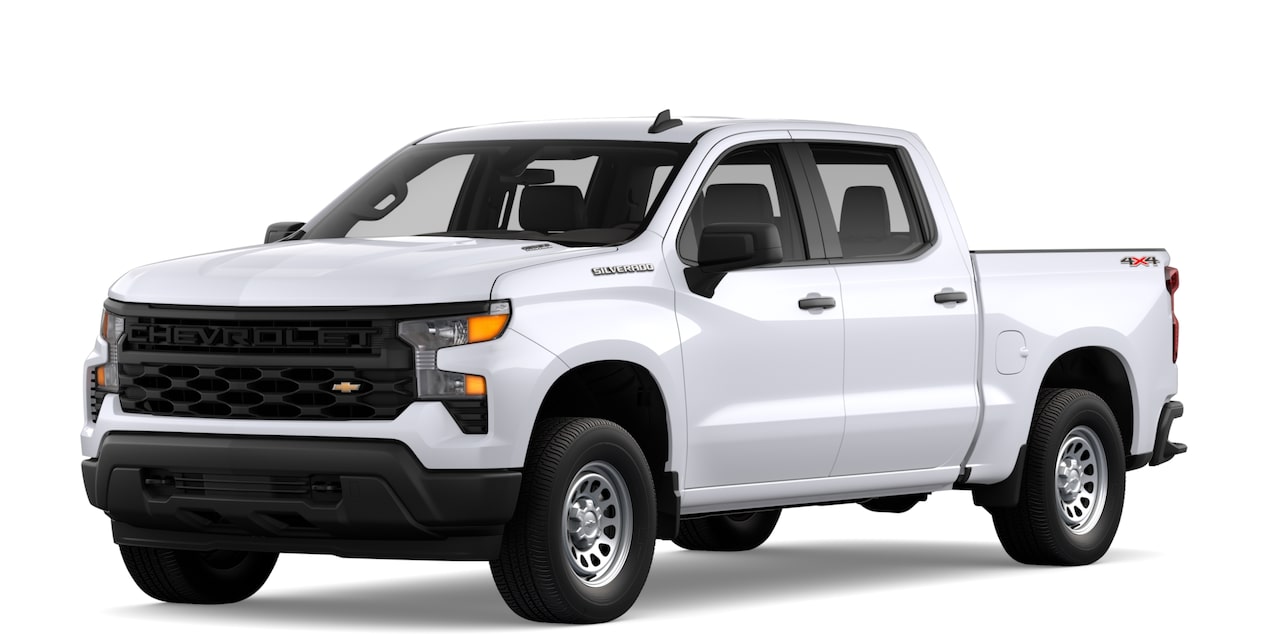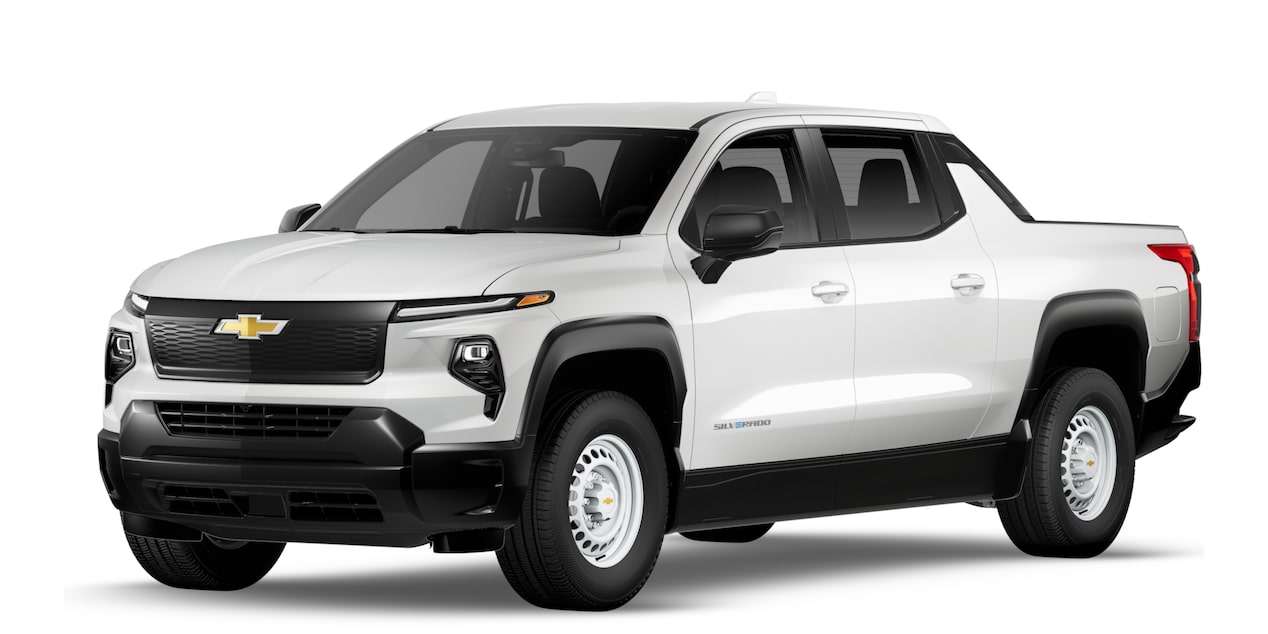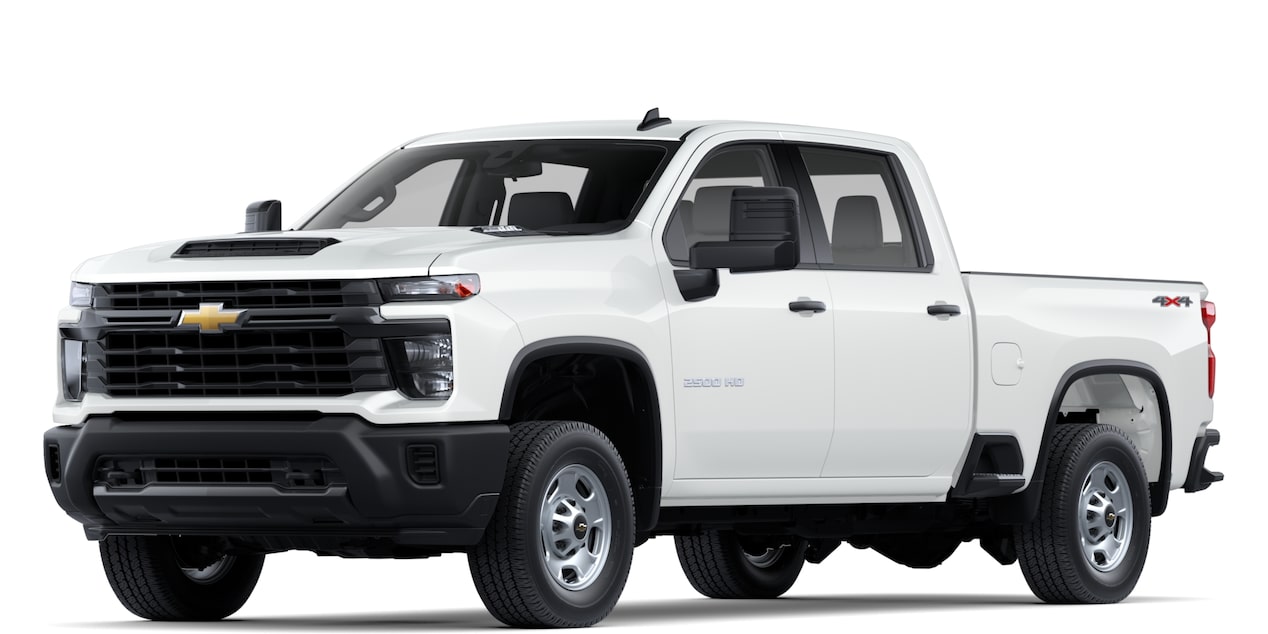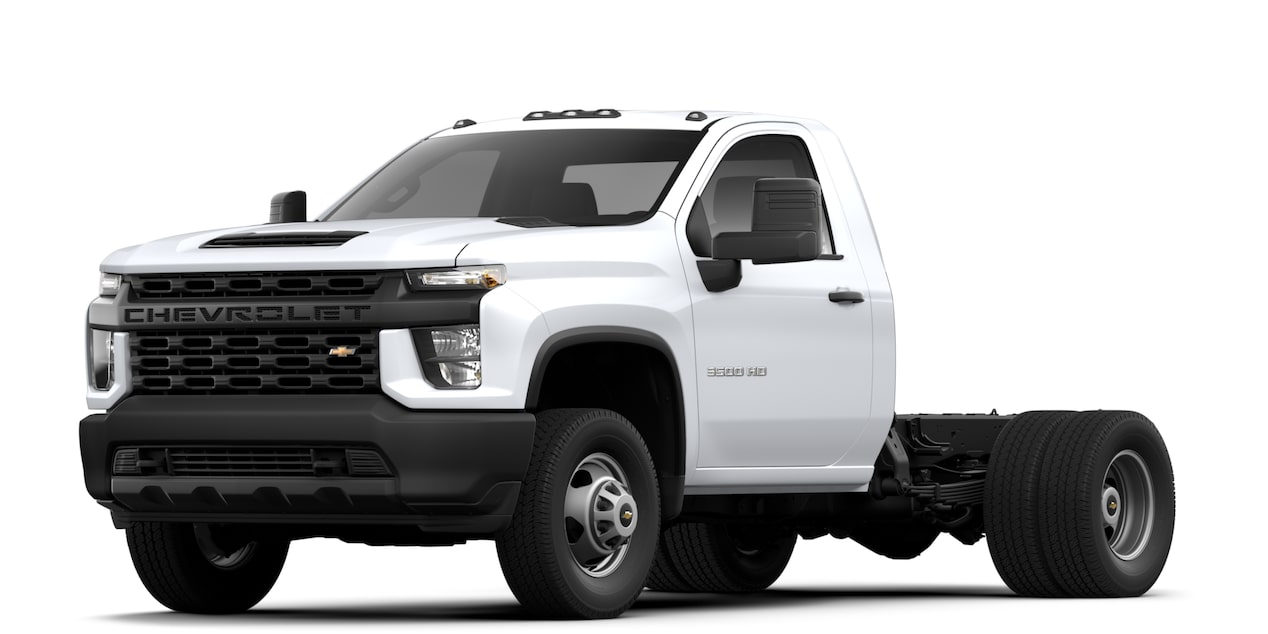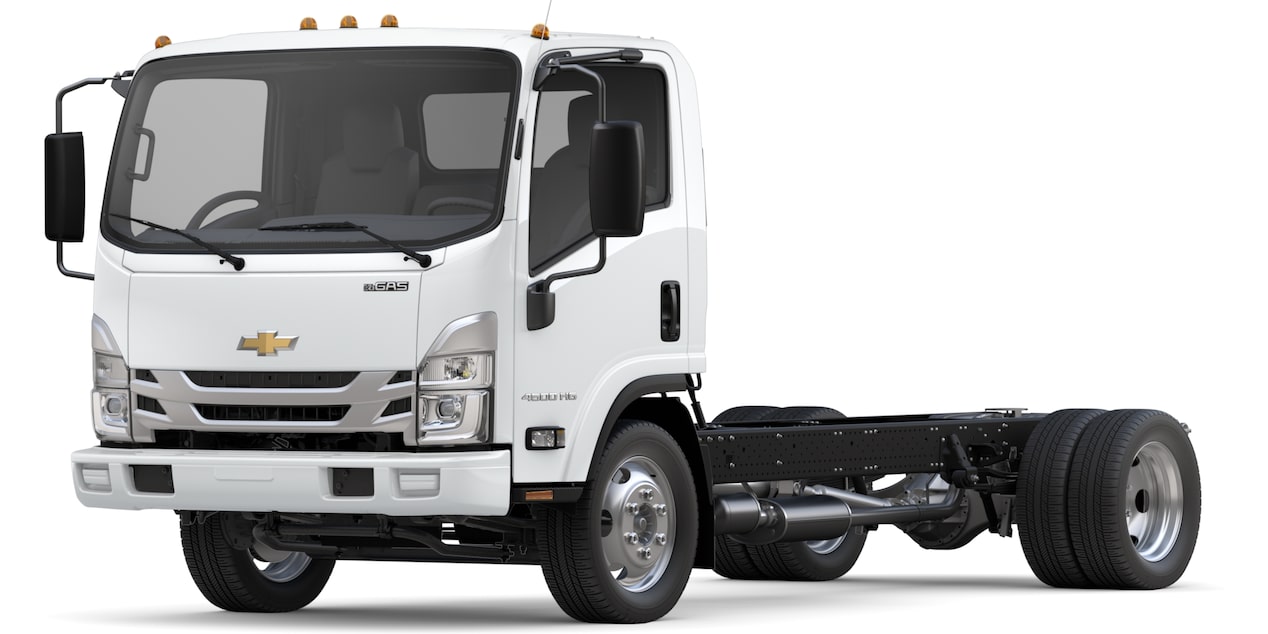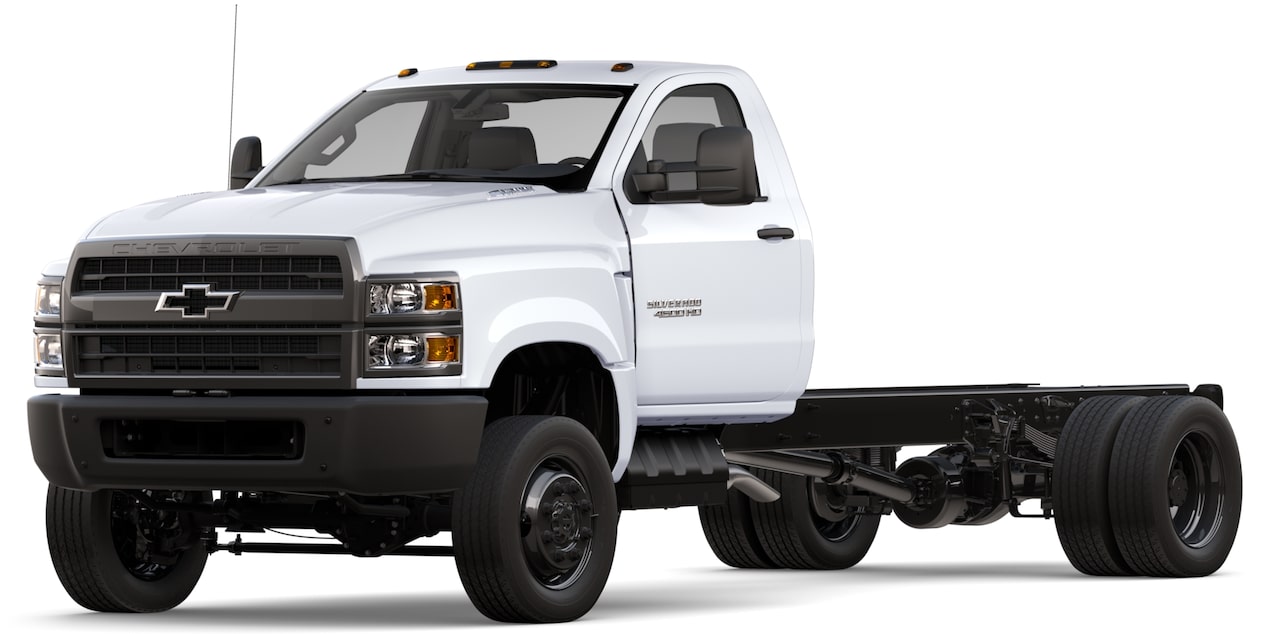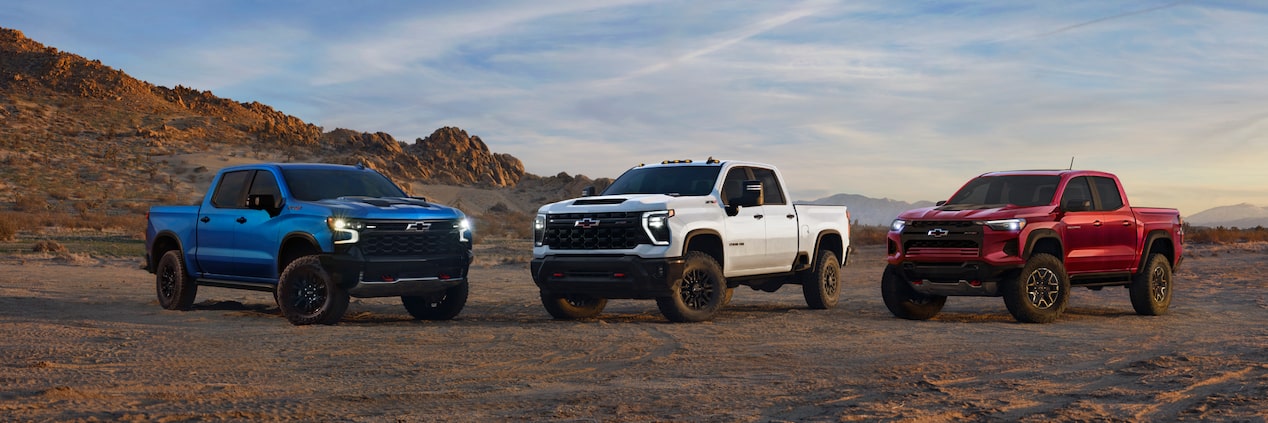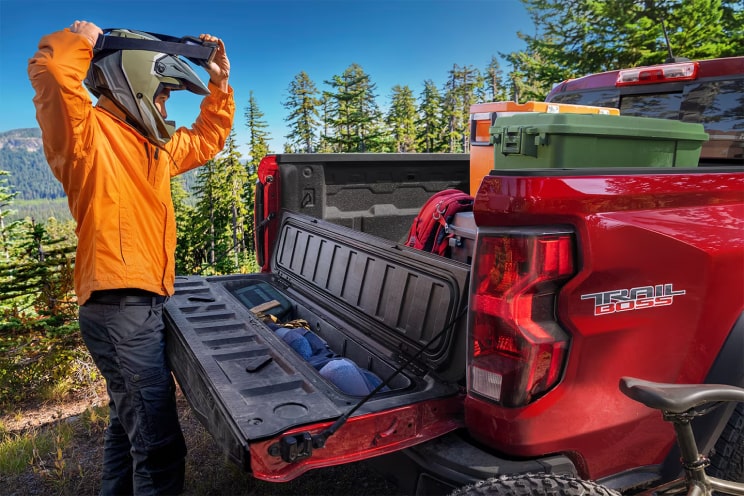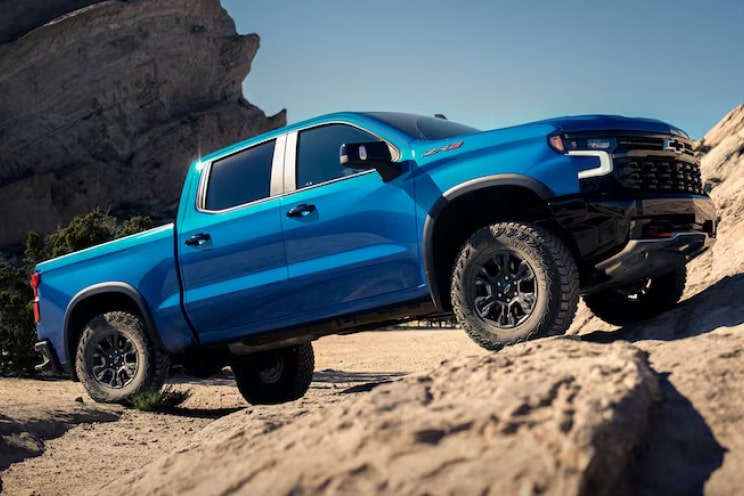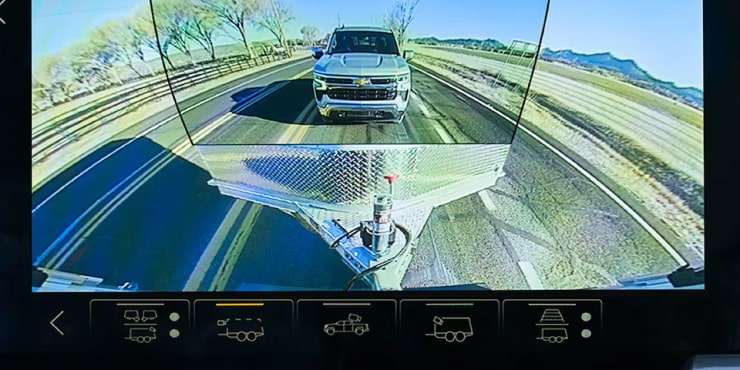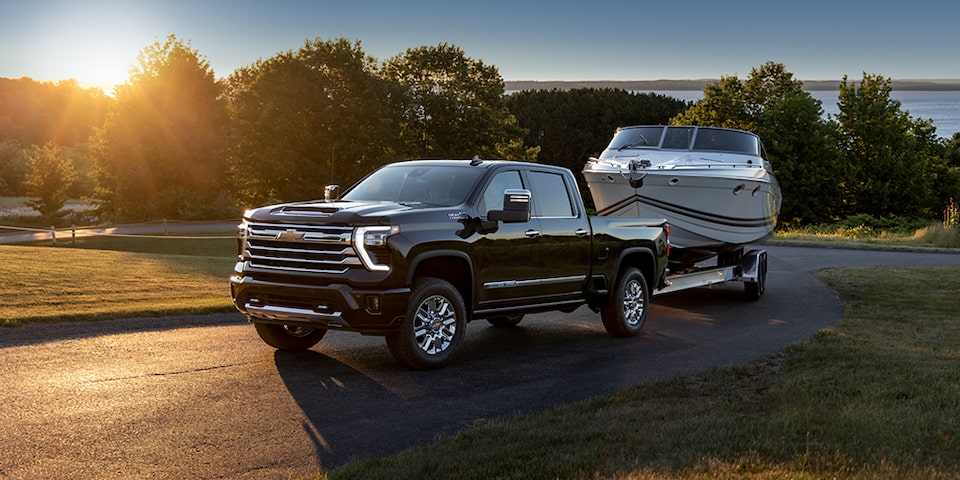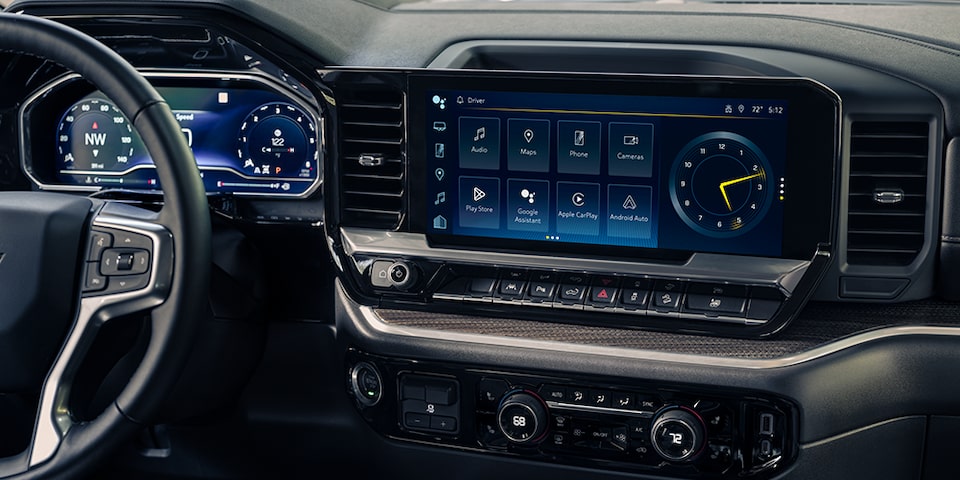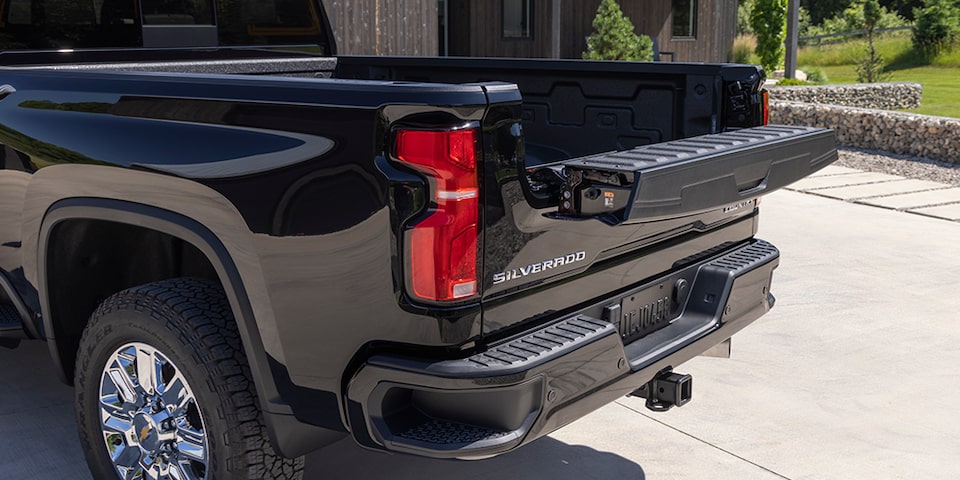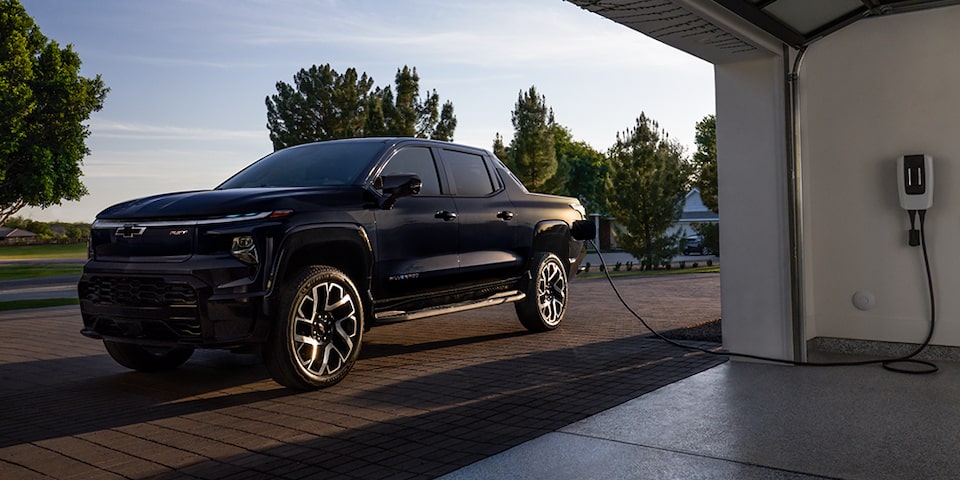A century of American truck capability
Chevy pickups can do it all and never ask you to compromise. Whether it’s a mid size, full size or heavy duty truck, you can count on power and efficiency. Dependability and capability. Innovation and over a century of truck knowledge. Let’s get to work.
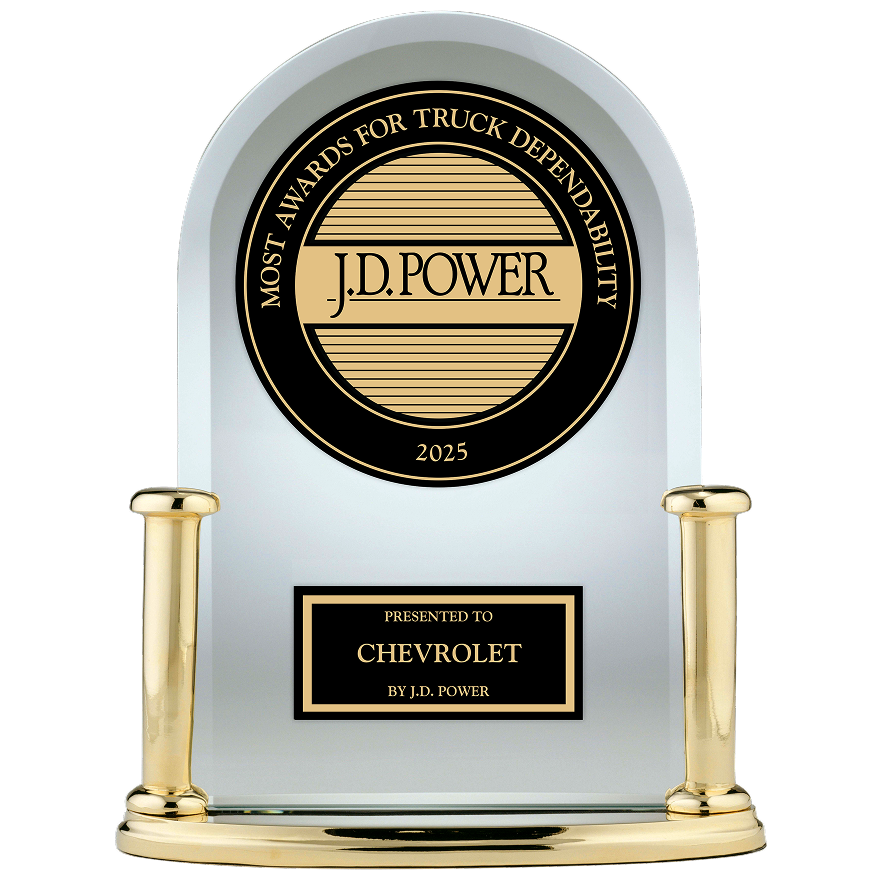
More Dependability Awards for Trucks than Any Other Brand*
– J.D. Power, 2025
Truck highlights
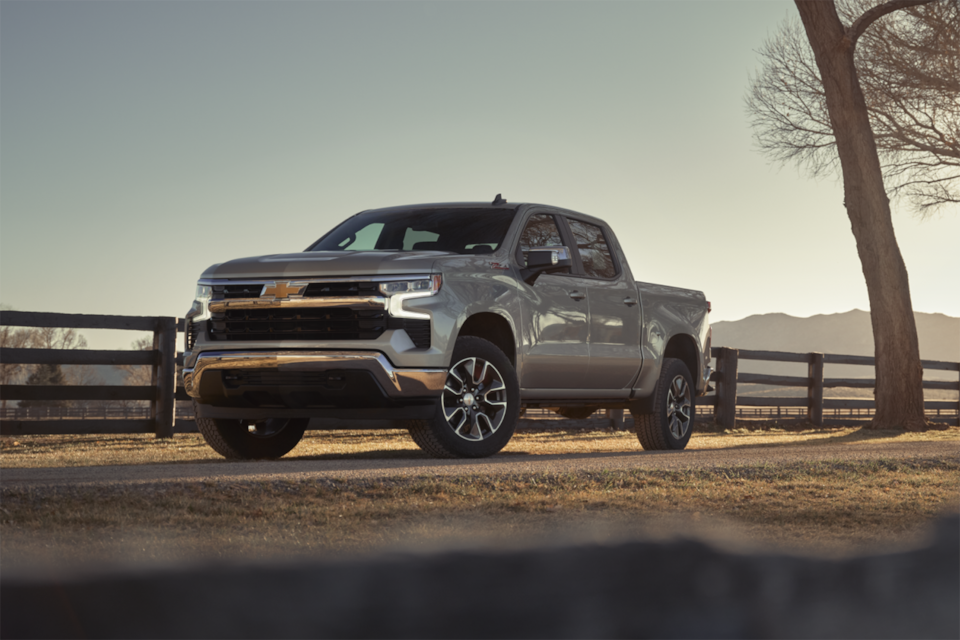
Dependability comes standard
Chevy has been making and keeping a promise to America for over 100 years — we build dependable trucks for the most dependable people. Hard work is in our DNA, same as you. And it always will be.
Discover our trucks
Colorado
Starting at $31,900
As shown $49,600

The outdoor overachiever
- Max avail. towing: 7,700
lbs.*
- Max avail. torque: 430 lb.-
ft.* - Max avail. payload: 1,710
lbs.*
Silverado
Starting at $36,900
As shown $72,095
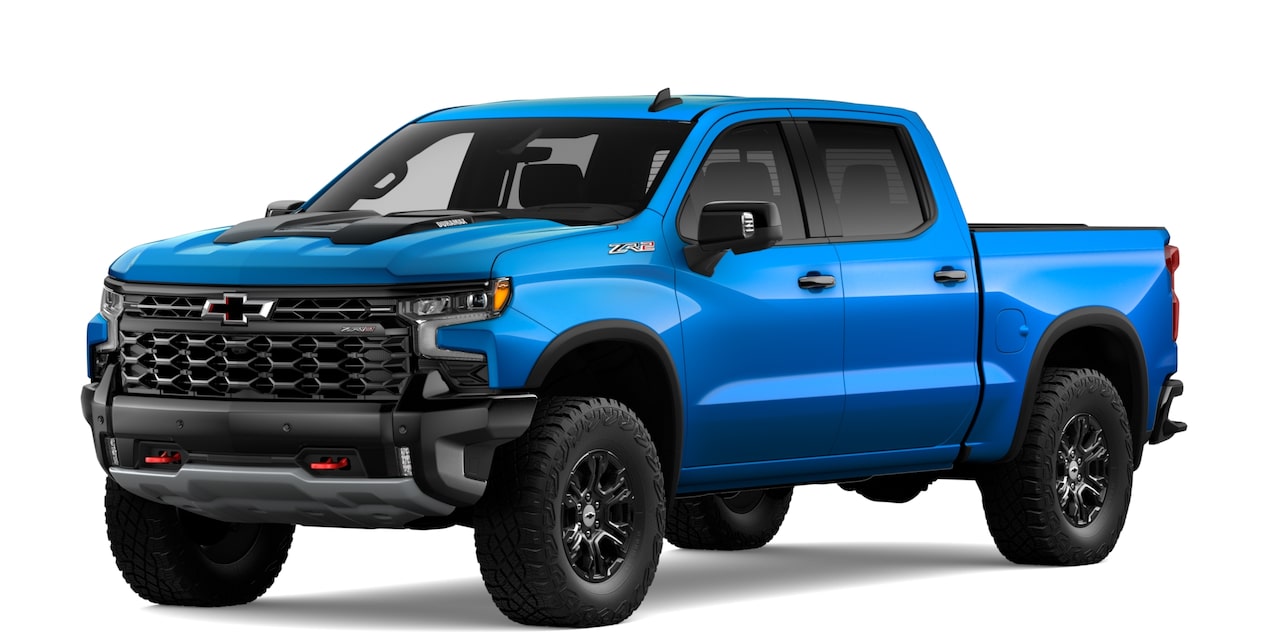
Accept all challenges
- Max avail. trailering: 13,300
lbs.* - Max avail. torque: 495 lb.-
ft.* - Max avail. payload: 2,260
lbs.*
Silverado HD
Starting at $45,300
As shown $80,335

Hard work and American hustle
- Max avail. towing: 36,000
lbs.* - Max avail. torque: 975 lb.-
ft.* - Max avail. payload: 7,237
lbs.*
Silverado EV
Starting at $55,895
As shown $70,000
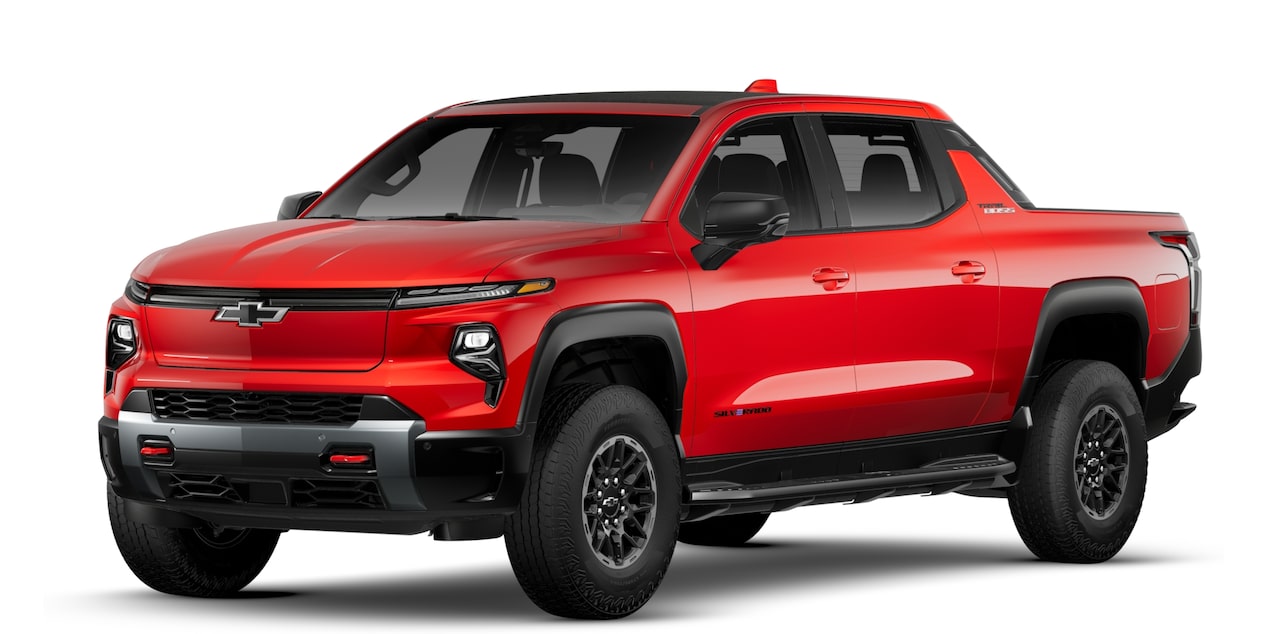
Lead the charge
- GM-estimated up to 478
miles* of electric range - 4.5-sec. 0-60 with Wide Open
Watts* - Up to 760 horsepower with Wide Open
Watts*
Key features
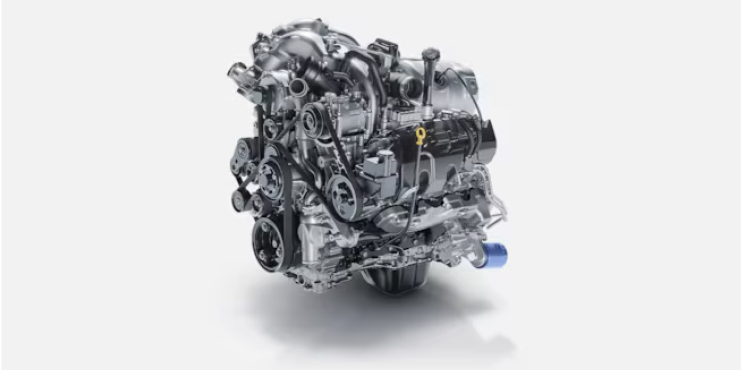
Powerful engines
When you choose a pickup from Chevy, you can depend on powerful, efficient gas and diesel truck engines across the segments that are ready to work, or play, all day.
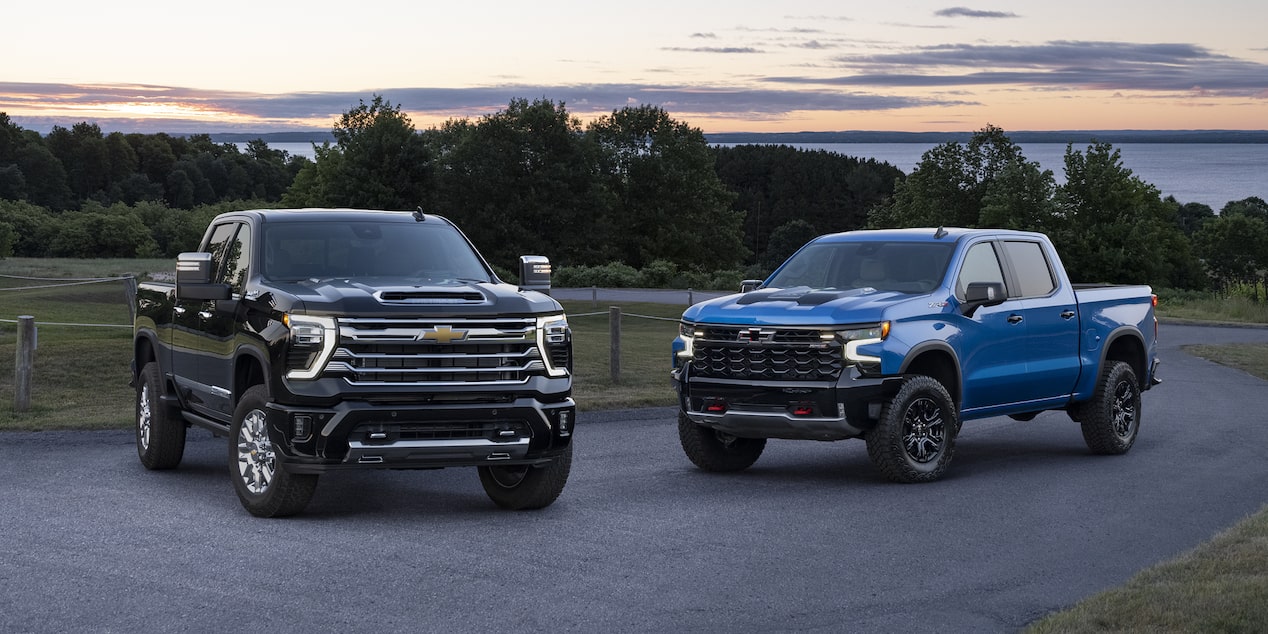
See all Chevy truck offers
You’ll be one step closer to bringing home a Chevy once you explore our truck offers.

Explore special offers
Learn about our Military, Educator and First Responder offers.
FAQs
Explore SUVs







